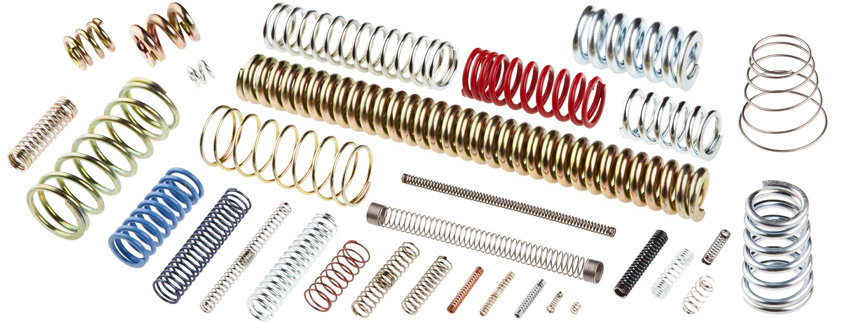Compression spring production

We plan and produce compression springs in round wire (ø starting from 0,10 mm) and square wire.
We use raw material according to UNI EN 10270-1, UNI EN 10270-2 and UNI EN 10270-3, but also special raw materials and high performances alloys.
We produce springs that comply with UNI EN 13906-1, UNI EN 15800 and with the client’s specifications and drawings, in different lay outs and with the required surface treatments.
Technical Specs:
The compression spring is made of wire or bar, helically wound cylindrical, urged generally along the axis of the cylinder not in contact with the coils. In this case the load is constituted by a force acting along the axis which causes tension of torsion, bending and shear, of which the former is predominant. The compression spring, ideally considered as a rigid body, generally is subject to compressive load acting along its axis. In some cases it may be subject to transverse load at the same time axis. The helical compression springs are generally cylindrical in shape, although there are some other shapes: conical, bi-conical barrel (convex), bi conical hyperbolic (concave) or tapered.
Materials
Types of materials used for the production of compression springs:
UNI EN 10270-1
SM
SH
DM
DH
Phosphate, patented, galvanized, zinc aluminate, with particular strengths
UNI EN 10270-2
FDC
FDCrV
FDSiCr
TDC
TDCrV
TDSiCr
VDC
VDCrV
VDSiCr
UNI EN 10270-3
1.4310 NS
1.4310 HS
1.4401
1.4568
with particular strengths
UNI EN 12166
Copper
beryllium copper
phosphor bronze
UNI EN 10088-3
1.4021
1.4462
1.4539
1.4016
1.4597
